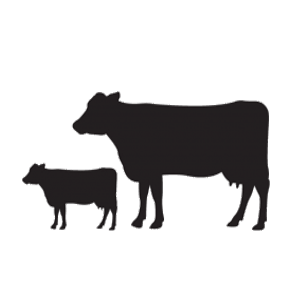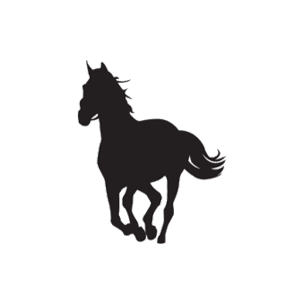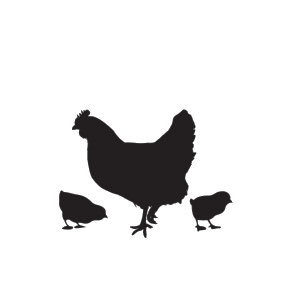Dr Vlok Ferreira, National Technical Manager – Ruminants, of RCL Foods, Molatek and Epol, attended the Agri-Expo on Friday the 12th of October to present a talk on “Factors that influence cow productivity”. He discussed the importance of understanding cow productivity; highlighting that in beef cattle productivity can be measured as kg per calf weaned per livestock unit mated (KgC/LSU). Dr Ferreira also noted that implementing an effective replacement heifer program may be a big challenge for beef cattle farmers, and is a challenge that needs to be addressed.
The topics that were covered include:
- Heritable traits that can influence cow productivity
- How improving cow productivity reduces environmental impact
- How the age of cows influences productivity
- Effect of body weight and body condition on conception rate
In this article we discuss the effect of proper body condition and weight on conception rates.
Proper nutrition is not to be underestimated when it comes to the conception rate of heifers
In a herd of 98 heifers, the average weight of the herd was 341 kg. It was found that 63 out of the 98 cows (64%) conceived when they had a weight of 350 kg at service. Those animals that did not conceive (36% of the herd) had an average weight of 327 kg at service.
As we can see, the weight at service has a direct impact on whether the cow conceives or not and the health and body condition of the cow is highly important when it comes to service.
The effect of body condition score (BCS) on conception rate
It was found that for a cow to conceive during the next cycle, it is optimal for the cow to have a body condition score of 3.5 at calving. This had a resulting conception rate of 80%.
Similarly, body condition score during mating had an influence on the conception rate, with a BCS of 3.5 resulting in a conception rate of 100%.
This proves that the optimal BCS for a cow to conceive, both at calving and at mating, is a score of 3.5.
It is of utmost importance that the body condition score (BCS) not be too low, as it will prevent the cow from conceiving.
Heifer Nutritional Requirements
A heifer’s nutritional requirements are going to depend on the size of her body frame and her weight. Logically, it makes sense that an animal with a larger frame is going to have slightly higher requirements than animals that have a smaller frame.
Supplementing heifer diets:
Working on the assumption that the heifer weighs 400 kg and is grazing on winter veld, she will have a daily intake of 7.2 kg of grazing, of which 300 g is protein and 3 kg is TDN (Total Digestible Nutrients).
Since the heifer’s protein requirements need to be met, the protein content of the grazing needs to be calculated. Crop residues in winter are low in protein, and a protein supplement will be needed to ensure that no nutritional deficiencies develop.
Suggested supplementation includes:
- 250 – 300 g Protein/day
- 1 – 1.5 kg TDN/day
- 3 – 5 g Phosphorous/day
First calf feed requirements
A first calf heifer will be smaller than a mature cow, but will have nutritional requirements very similar to that of a mature cow due to the fact that she is still growing, carrying a growing foetus and producing milk. In fact, the protein and calcium requirements of a first calf heifer will be higher than that of a mature cow.
Many supplementation practices are ineffective for heifers
The intake of standard winter protein licks for maintenance by heifers is too low, and very often the importance of trace elements is overlooked and supplementation is inadequate.
A USDA study found that only 8% of beef farmers that sent in feed samples for analysis indicated that the poor performance of their animals could possible be linked to insufficient trace minerals in the diet.
The effect of phosphate supplementation on heifer performance
The proper supplementation of phosphate is undeniably important in ensuring a proper calving percentage. Not only has phosphate been linked to weight gain, but also to an improved calving rate. If no phosphate is supplemented, the calving percentage of the herd is 52.9%, with cows calving every second year only. The lack of phosphate means that cows spend the year not in calf building up their phosphate reserves again. If cows are properly supplemented with phosphate, the calving percentage is increased to 75.6%. Not only does their dry matter increase by 25%, but their their body weight at calving increases with 15% as well. The average daily gain of cows with proper phosphate supplementation has been shown to increase with 130 – 320 g/day.
Cattle grazing on pasture, specifically young, green pasture, should be supplemented with a source of phosphate, like a phosphate lick. Young grazing is phosphate-deficient, resulting in a deficiency in the diet of the cow.
For more information visit our Epol or Molatek websites or contact Dr Vlok Ferreira at Vlok.Ferreira@rclfoods.com
Read part 1 (Heritable traits that can influence cow productivity) here.














